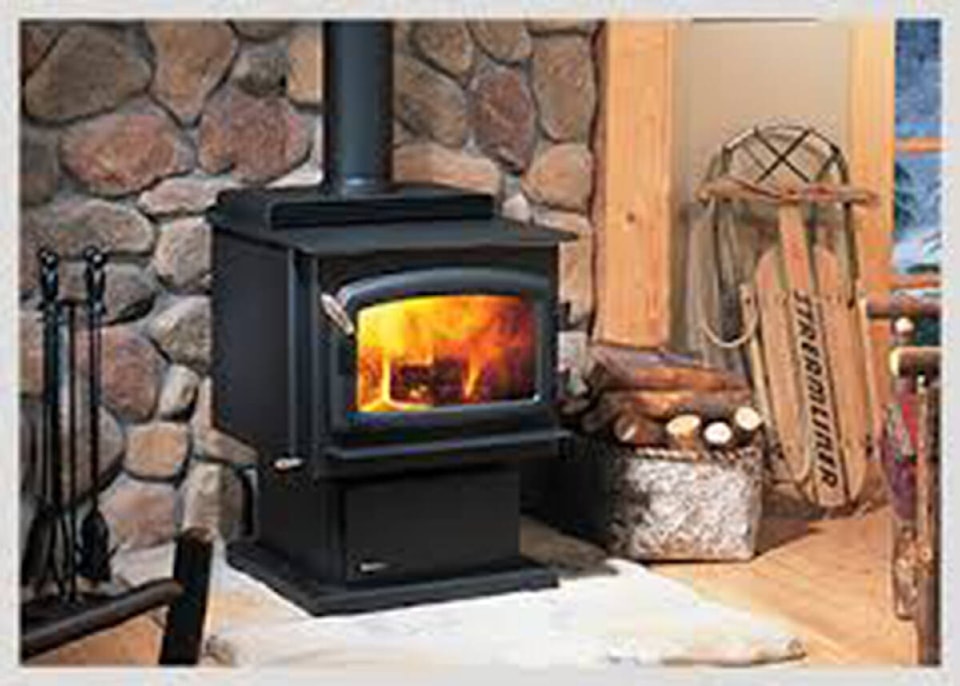It is that time of year again when the Town of Smithers and Bulkley Valley Lakes District Airshed Management Society (AMS) want to give residents money to clean up their wood burning act.
The AMS program offers rebates ranging from $250 up to $1,500.
On top of that, eligible participants can receive $750 - $1,500 from the Town of Smithers.
The amount participants are eligible for from the Town is based on whether the woodstove being updgraded is a primary or secondary source of heat.
Sue Brooks, who administers the AMS program, said only one application through the AMS, is necessary to avail oneself of both programs.
The eligibility of outdoor wood boilers is a new addition to the program this year. Those who choose to replace these can receive the maximum AMS rebate of $1,500.
Brooks noted not many individuals have taken advantage of the program this year, but said several First Nations bands have applied to upgrade multiple units. She said it is undertermined what may be responsible for the slow uptake, although this year’s rebates were only announced recently.
The AMS has been concerned about the air quality in the Bulkley Valley and Lakes District, in particular, particulate matter (p.m.) for many years. While woodstoves are by no means the only contributor to particulate matter in the valley’s air, they are something individuals can do something about with help from the exchange program.
Newer, more efficient stoves not only have the potential to burn more cleanly, but can reduce wood use up to two-thirds, Brooks said.
But more efficient appliances are not the only factor that contribute to cleaner air. As Hans Duerichen — a local engineer who designed a better woodstove — pointed out in a 2019 letter to the editor, the quality of the appliance is only as good as the quality of the fuel being burned in it.
“I use an RSF Energy unit to heat my home and so does our neighbour down the road,” he said. “As I drive by, I am often greeted by thick smoke from his chimney. A lot of times, I will arrive home and hardly see anything come out of my chimney. What can be the difference? The only thing different would be the quality of the fuel.”
Duerichen said wood needs to be a maximum of 16 per cent moisture for efficient burning. He achieves this by splitting his wood and storing it in a woodshed for at least two summers.
Reimbursement for the cost of firewood, woodshed materials, time or equipment are eligble for a $250 rebate.
editor@interior-news.com
Like us on Facebook and follow us on Twitter
